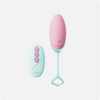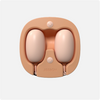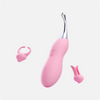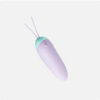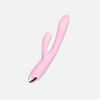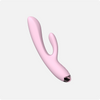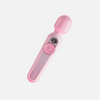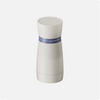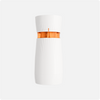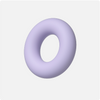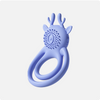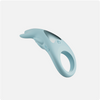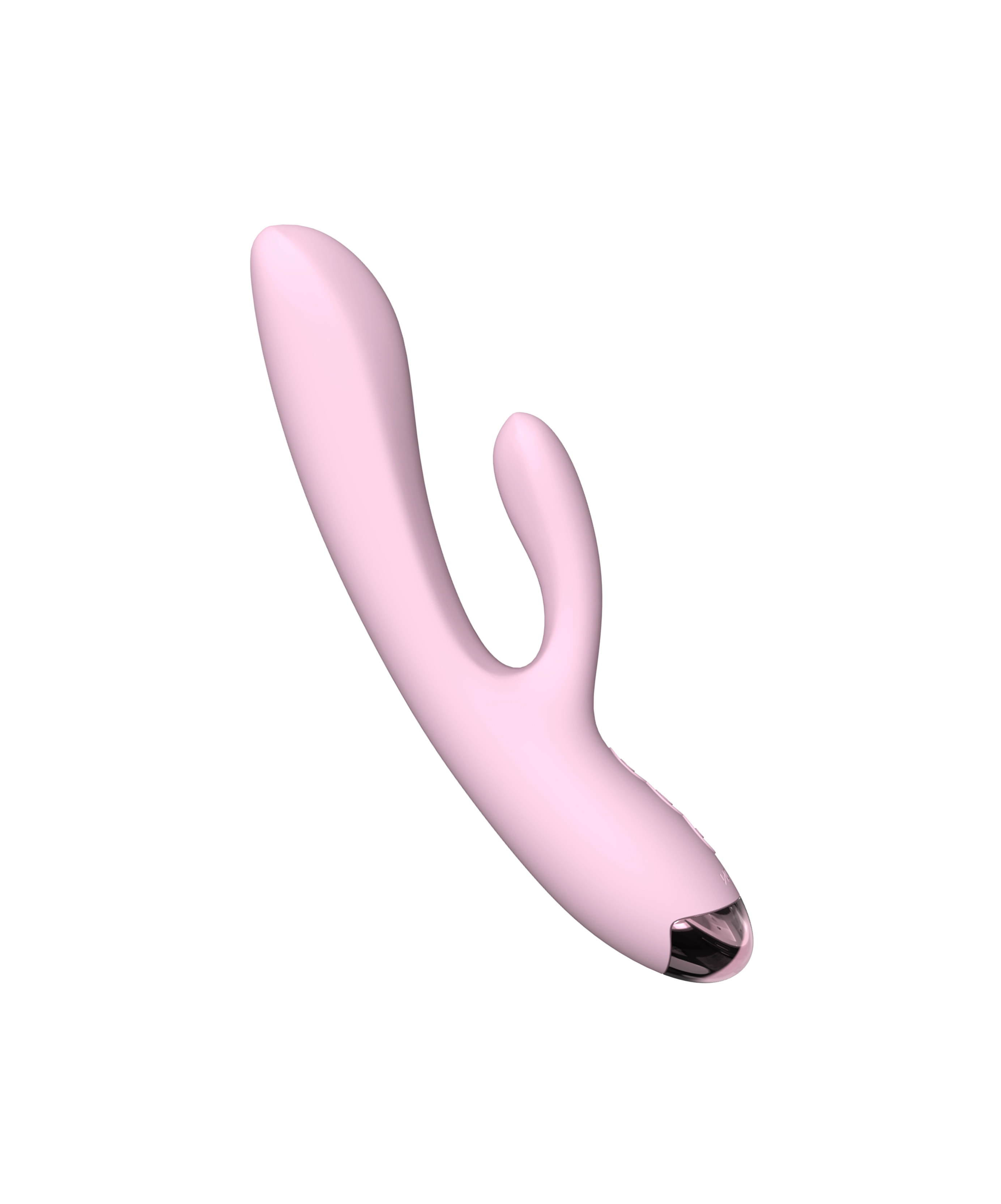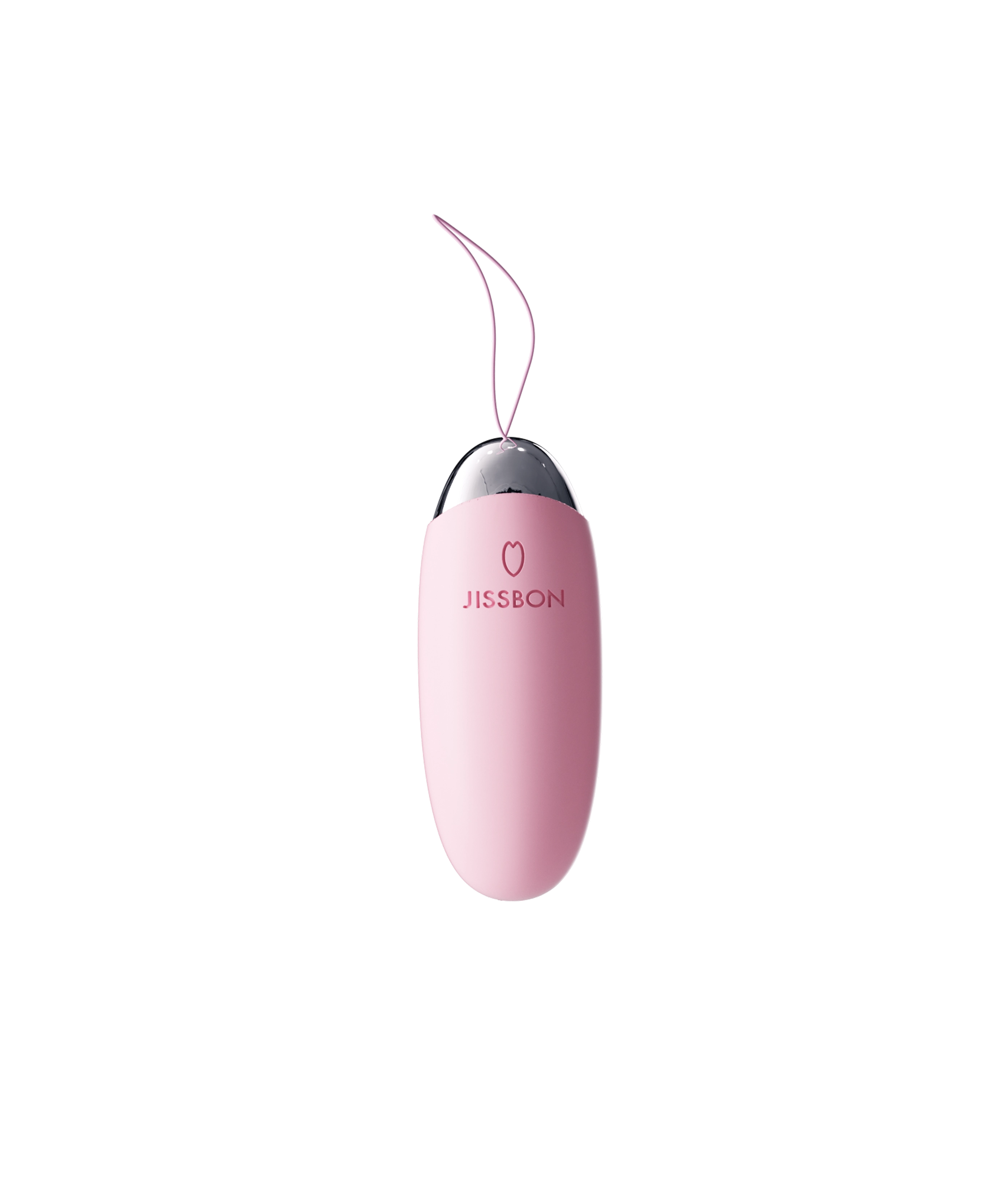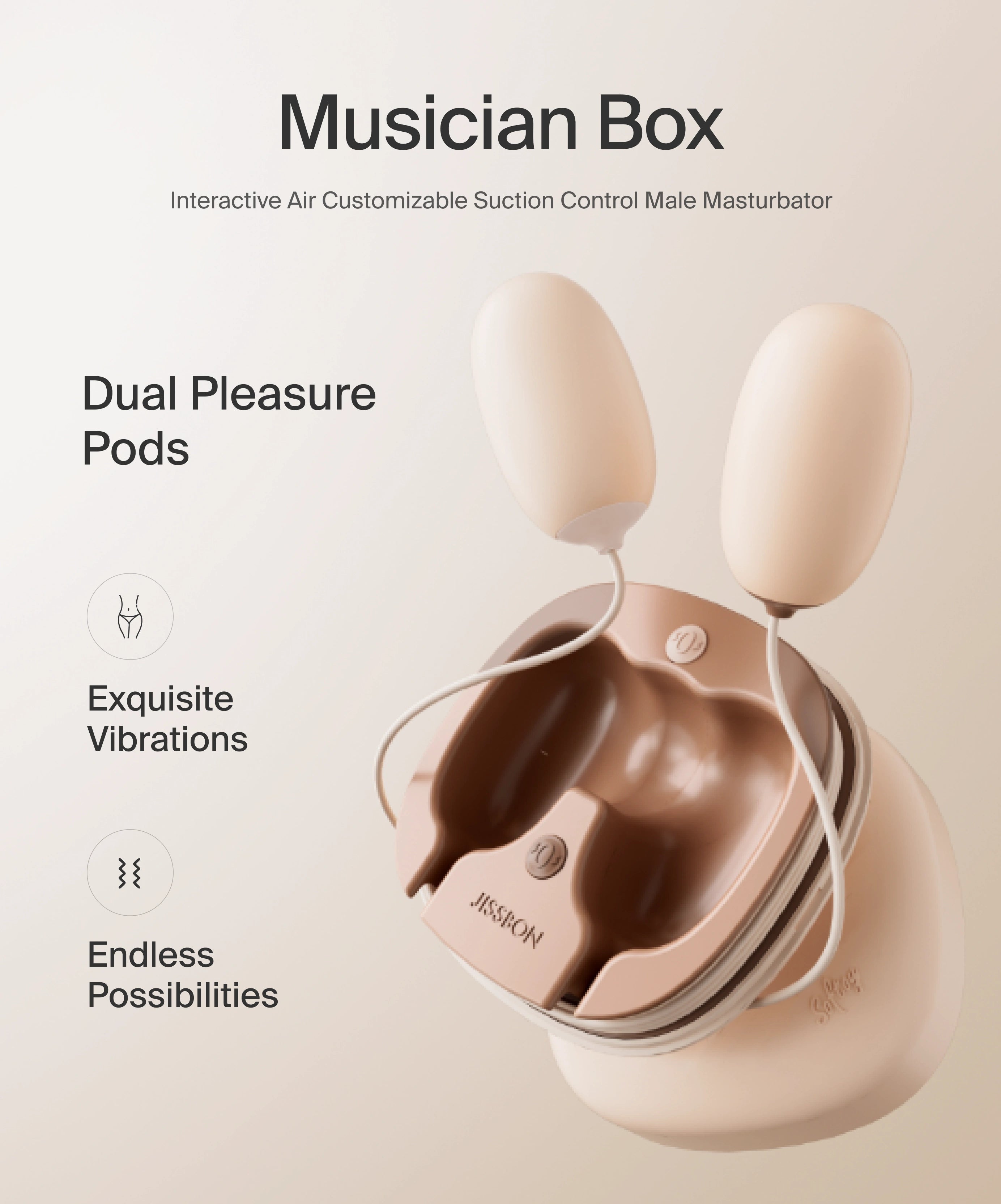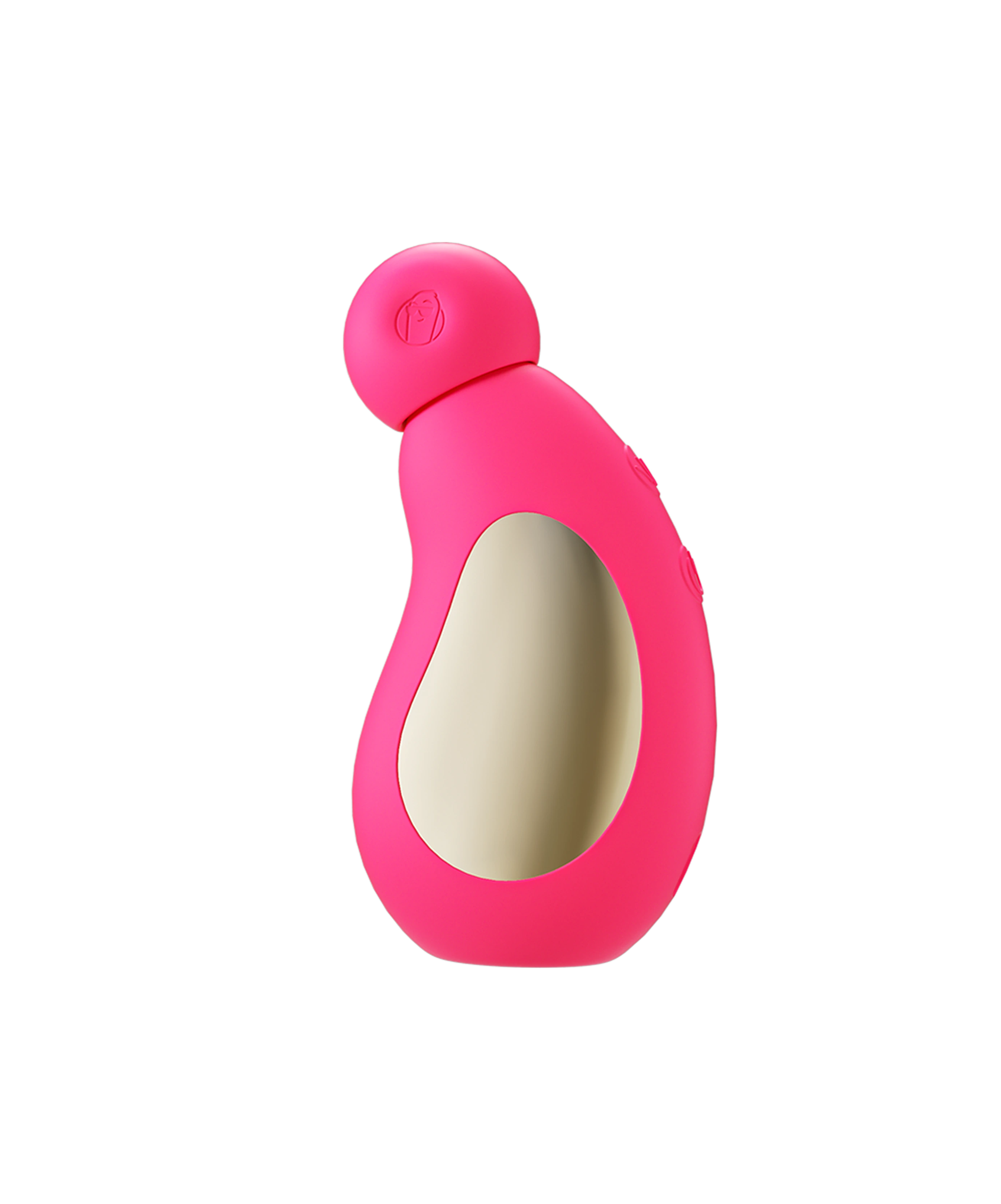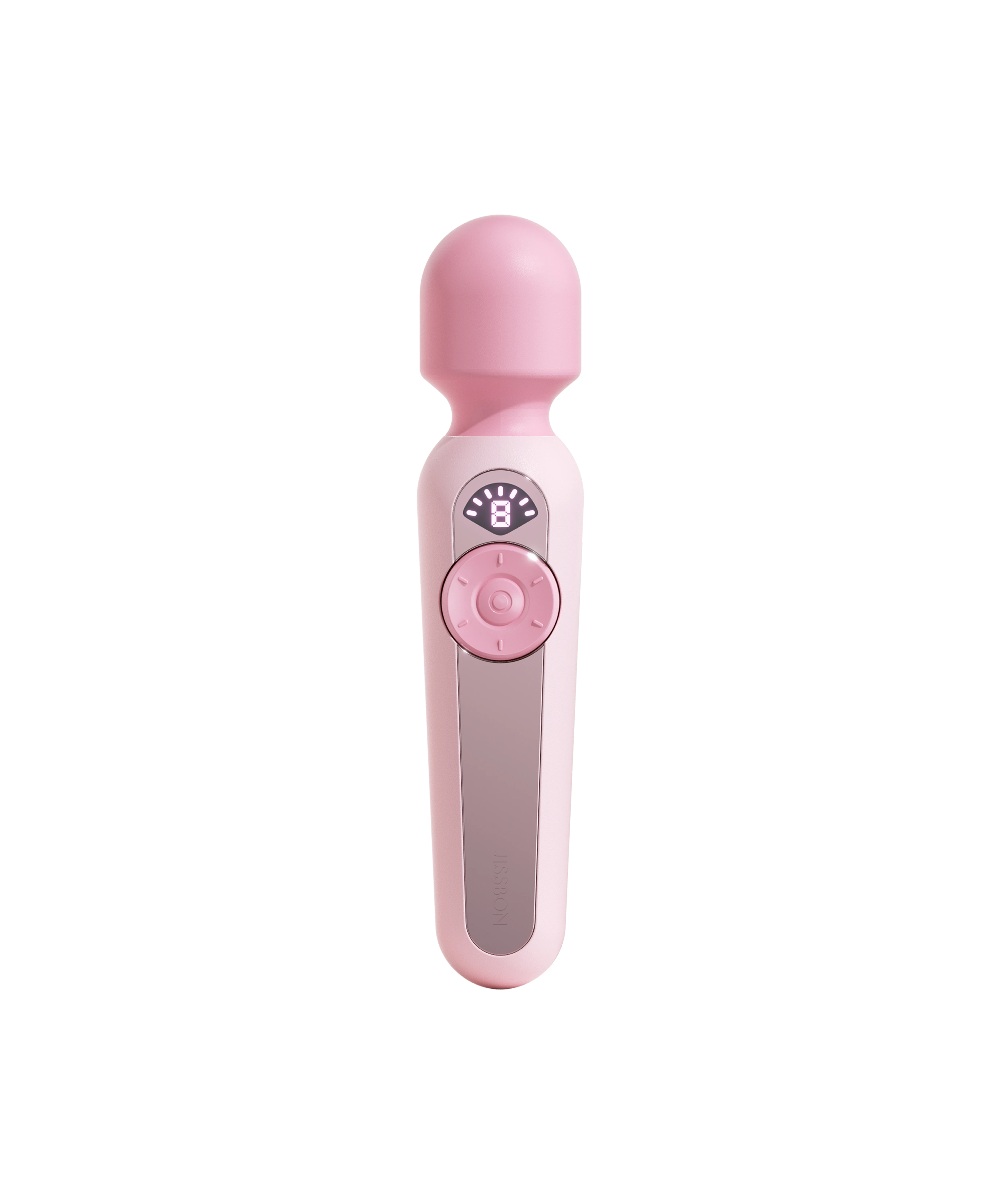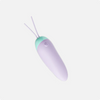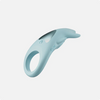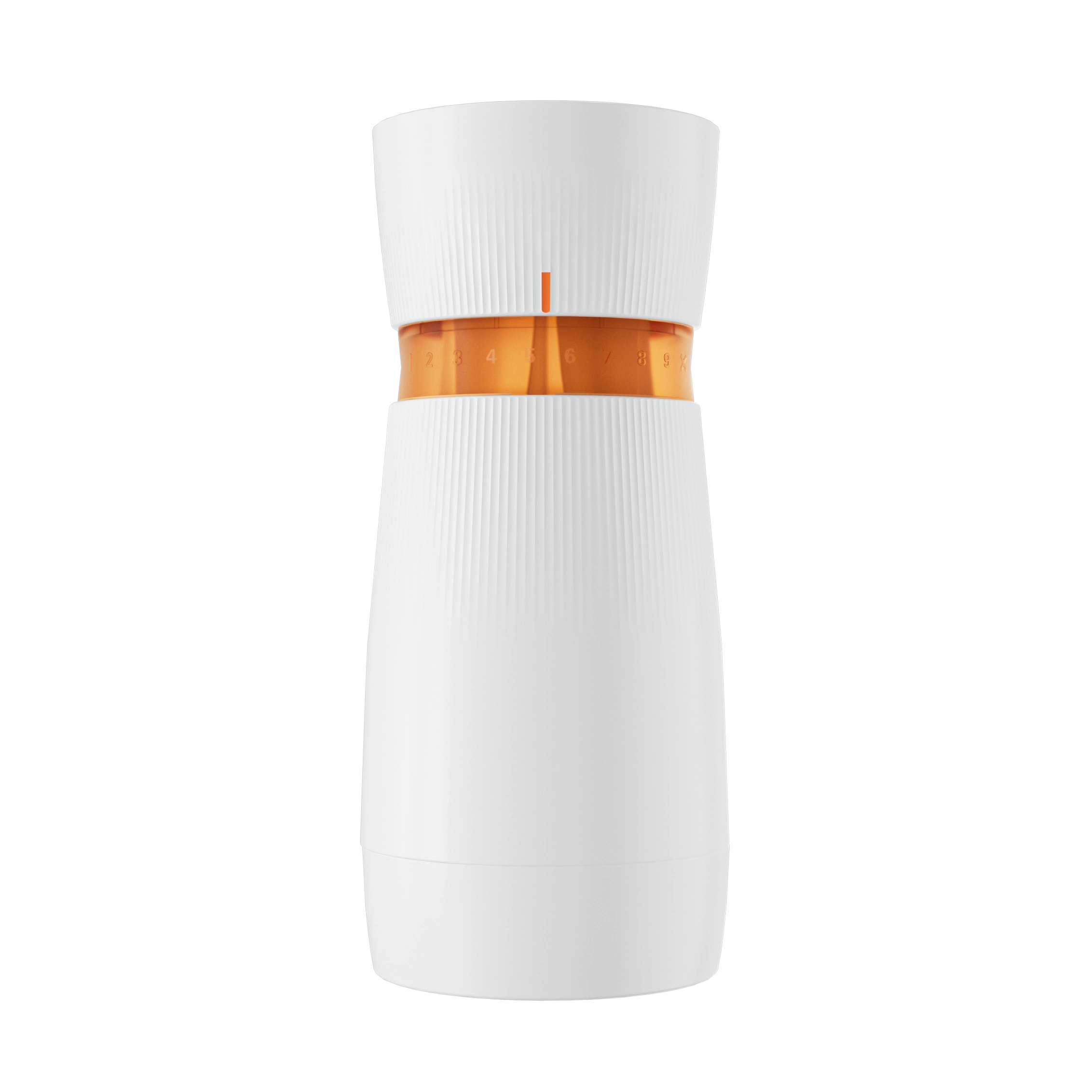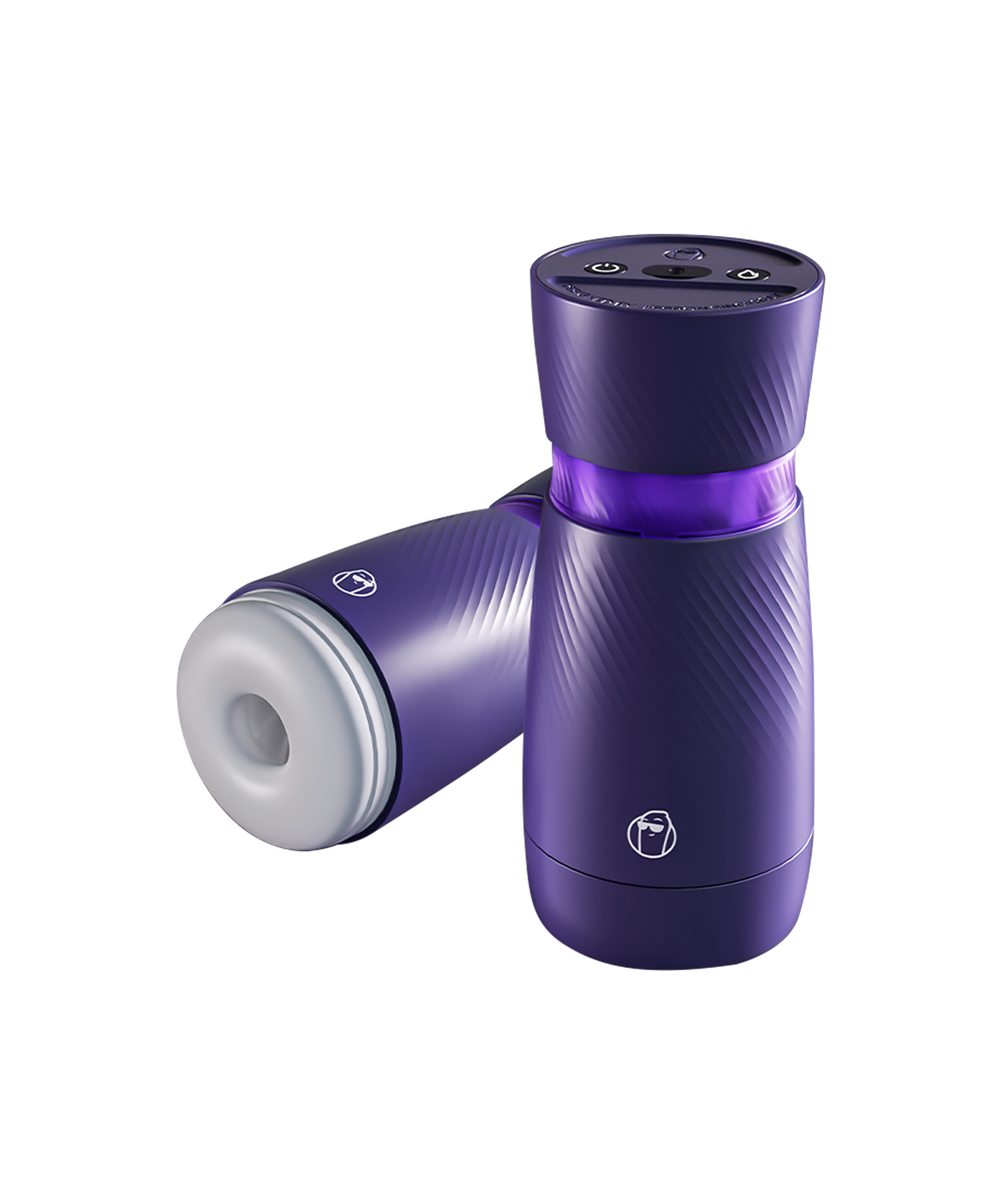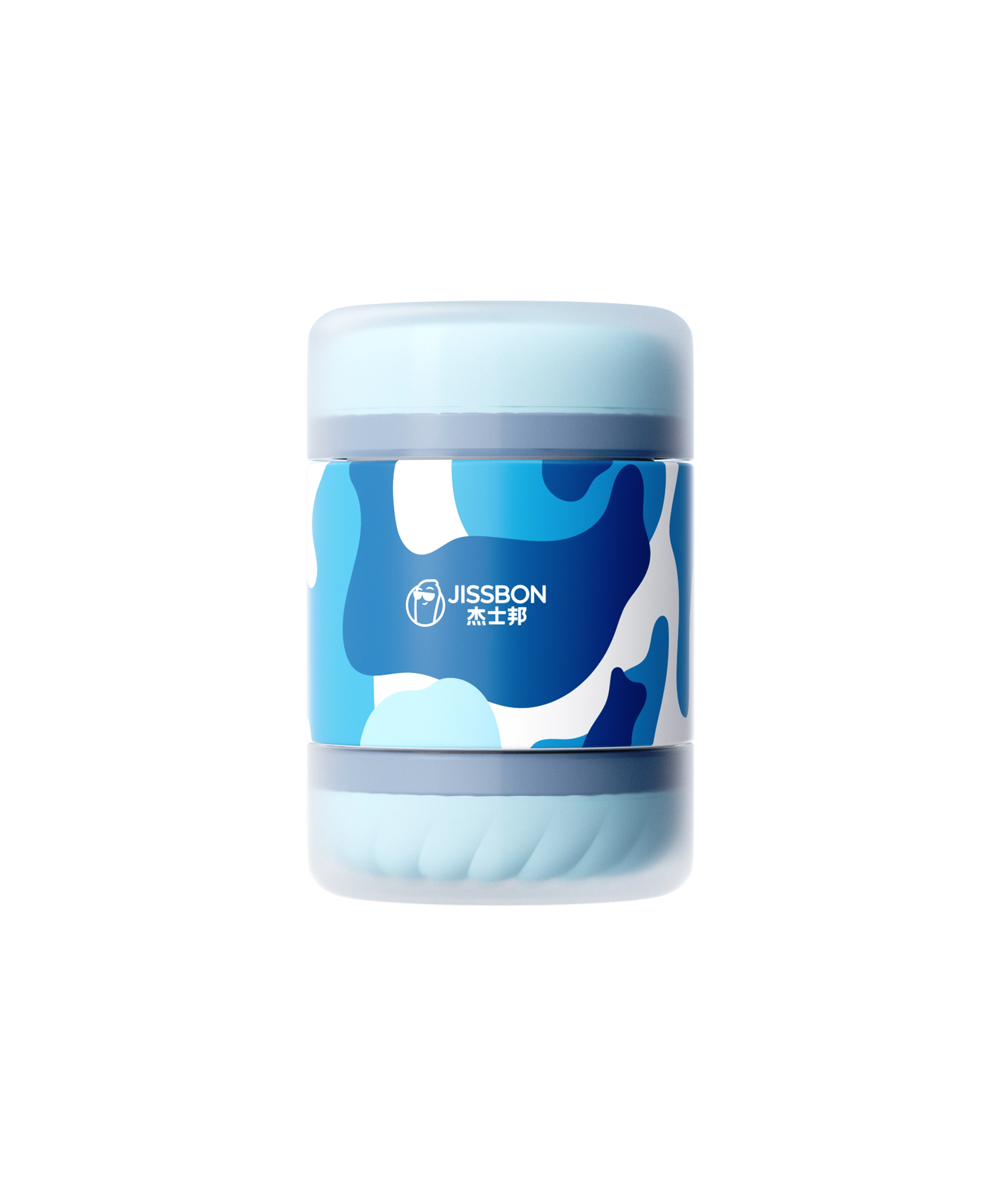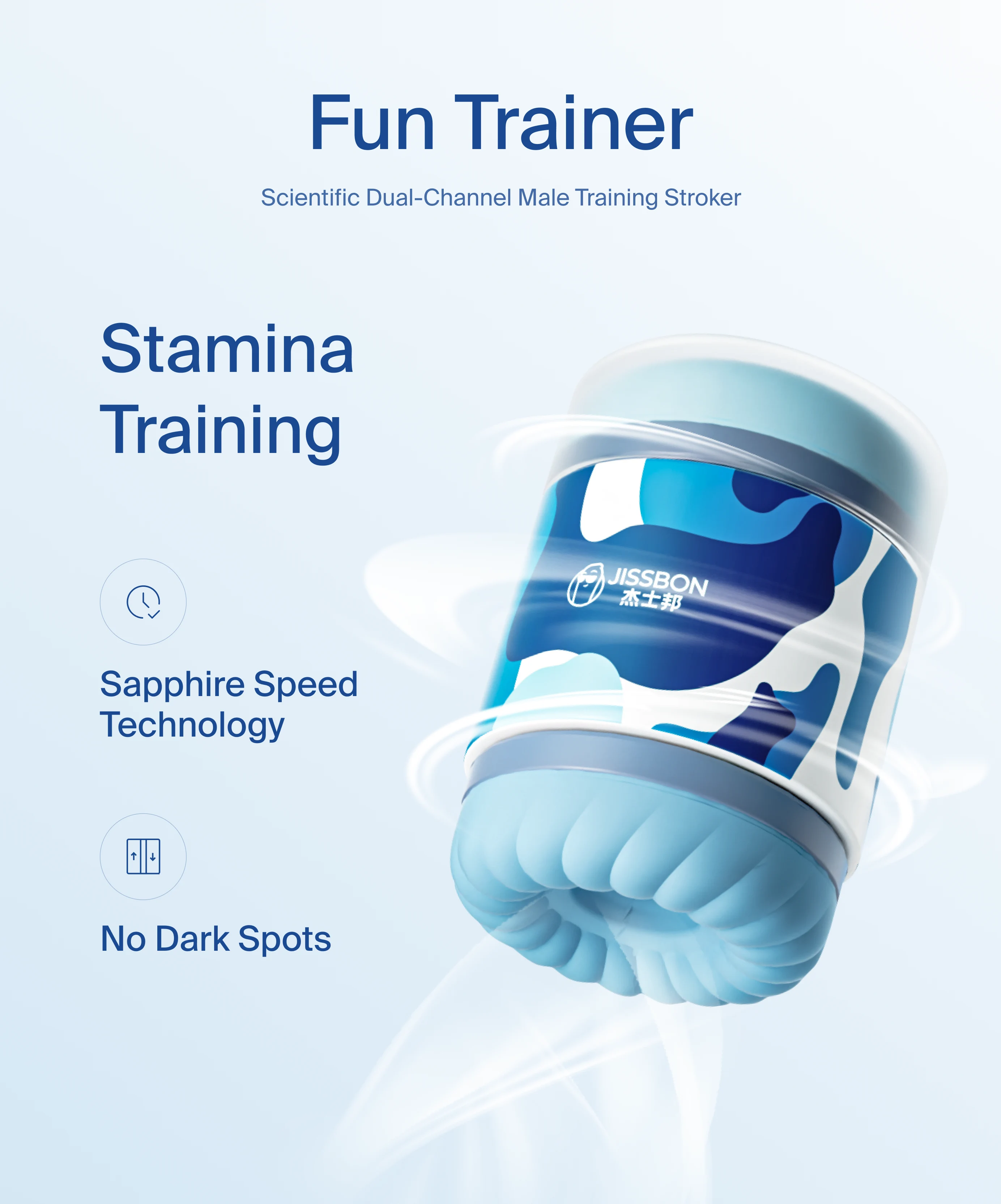I’m a big believer that self‑care isn’t limited to bath bombs and meditation apps. Sometimes the most powerful mood booster is hiding in plain sight—right under your partner’s nose (literally). French kissing, that slow, tongue‑tangling moment we see in rom‑coms, delivers a chemical cocktail of calm and connection. But where did it start, why do we still do it, and what can it teach us about mental wellness today? Let’s dive in—no lab coat, just curiosity and an open mind.
What Is French Kissing, Really?
French kissing—also called a “tongue kiss,” “deep kiss,” or the old‑school “soul kiss”—is an open‑mouthed kiss in which tongues gently explore each other’s lips and mouth. It’s intimate, playful, and for many of us it’s the unofficial green light to deeper sensuality. In modern English, the term first popped up around 1922–1923, right alongside other jazzy 1920s slang, according to linguistic historians and the Oxford English Dictionary.
Wait, Half the World Doesn’t Do It?
I used to assume everyone kissed this way. Anthropologists proved me wrong. A 2016 cross‑cultural survey found that only about 46 % of the 168 societies studied practiced romantic mouth‑to‑mouth kissing. Many cultures show affection through nose nuzzles, foreheads touches, or even cheek “sniff‑kisses.”
That’s a gentle reminder: what feels universal is often culturally specific—one more reason to approach intimacy with curiosity rather than assumption.
Ancient Roots: From “Sniff‑Kiss” to Sanskrit Poetry
The oldest written references to erotic kissing come from ancient India. Sanskrit texts like the Mahābhārata describe lovers “smelling one another’s mouths,” suggesting a combined sniff‑kiss thousands of years ago. Scholars believe early humans relied heavily on smell to gauge a partner’s health and compatibility; tongue contact simply turned that olfactory checkup into a full sensory handshake.
Over centuries the practice migrated west along trade routes. Greek scholars wrote about lip‑to‑lip caresses, and Romans made public kissing so common that Emperor Tiberius briefly tried to regulate it. Medieval Europe dialed things back (plague fears are a mood‑killer), but in private chambers the art evolved.
Why Is It Called a French Kiss?

Honestly, we can thank a bit of Anglo‑Saxon shade. By the early 20th century British and American travelers considered the French fantastically adventurous in bed. Tagging anything risqué as “French”—French novels, French lingerie, French postcards—was the fashion. So when open‑mouth kissing hit English‑speaking tabloids, “French kiss” stuck.
Fun trivia: in France it’s simply un baiser amoureux (“a lover’s kiss”) or, more recently, un roulage de pelle (literally “shoveling”). Proof that labels are relative.
The Biology Behind Tongue Tango: Why Do We Kiss With Tongue?
- Chemical sampling. Saliva carries pheromone‑like compounds and subtle immune markers. A deep kiss lets partners subconsciously test genetic compatibility—an evolutionary swipe‑right.
- Stress check. Salivary cortisol drops after affectionate touch; a quick six‑second kiss can measurably reduce stress hormones, especially in women.
- Oxytocin surge. Nicknamed the “love hormone,” oxytocin floods the bloodstream during passionate kissing, fostering trust and emotional safety.
-
Sensory fireworks. The lips and tongue boast dense nerve endings. Gentle tongue play lights up the brain’s pleasure centers faster than many other erogenous zones.
From what I’ve seen, couples who treat French kissing as its own mindful ritual—not just a prelude—often report higher relationship satisfaction and lower everyday tension.
Mental‑Health Wins You Didn’t Expect
I’ve noticed clients (and, let’s be real, myself) feel noticeably calmer after a meaningful make‑out. Here’s why:
Actionable Tips for a Mindful French Kiss
-
Set the scene. Soft lighting and a calming scent (lavender, vanilla) help both nervous systems downshift.
-
Start with breath sync. Match inhales for a few cycles before your lips meet. It’s like tuning guitars before playing a duet.
- Go slow; explore temperature. Alternate gentle tongue strokes with a lip graze. Sip cold water first, then a warm herbal tea—temperature contrast heightens sensation.
-
Use your hands wisely. Lightly cradle the jawline or trace the back of the neck; studies show affectionate touch magnifies stress reduction.
-
Introduce playful tools. A discreet egg or bullet vibrator—like the silky models in Jissbon—held against the inner wrist or along the collarbone can send subtle vibrations both partners feel. Keep tongues entwined while the buzz travels through skin.
- Check in verbally. A quiet “like that?” keeps consent enthusiastic and the experience connected.
When You’re Flying Solo
Solo French kissing might sound silly on paper, but hear me out. Lightly tracing your lips and tongue with a chilled spoon, or practicing breath‑to‑breath focus in a mirror, trains muscle memory and self‑awareness. Pair the practice with the pulsing rhythm of the Invisible Pink bullet from Jissbon to explore how vibration changes mouth sensation—knowledge you’ll bring back to partnered play. Learning your own responses is the fastest track to confident intimacy.
Frequently Asked Questions
What’s French kissing?
An open‑mouthed kiss involving tongue contact.
Why is it called French kissing?
Early‑1900s Brits and Americans labeled anything sexually adventurous as “French,” cementing the nickname.
Who invented it?
No single inventor. Earliest written evidence appears in ancient Indian texts; the practice likely emerged independently in multiple cultures.
Why do we kiss with tongue?
For chemical sampling, emotional bonding, and sensory pleasure—an evolutionary smoothie of biology and psychology.
Is it healthy?
Yes—research links regular kissing to lower stress, higher relationship satisfaction, even better cholesterol profiles.
Empowering Takeaways
French kissing isn’t just a steamy prelude; it’s a bite‑sized wellness ritual hiding in plain sight. By trading 10 seconds of scrolling for 10 seconds of mindful lip‑lock you:
- flood your brain with feel‑good hormones,
- signal safety to your nervous system, and
- strengthen relational trust—whether with a partner or yourself.
- Schedule a nightly “six‑second kiss” challenge for a week. Note mood changes in a journal.
- Experiment with temperature, rhythm, and vibration to keep neural pathways curious.
- Communicate. A simple “I loved when you slowed down there” teaches your partner in real time.
- Expand your toolkit. When you’re ready, add a vibe or two for layered sensations. Your lips—and mental health—will thank you.
Honestly, if self‑care can taste like dark chocolate, feel like fireworks, and improve your mood in under a minute, why not lean in? So go ahead: kiss with intention, curiosity, and a sprinkle of French flair. Your mind, body, and relationship are wired to thrive on that tender touch.
Read more
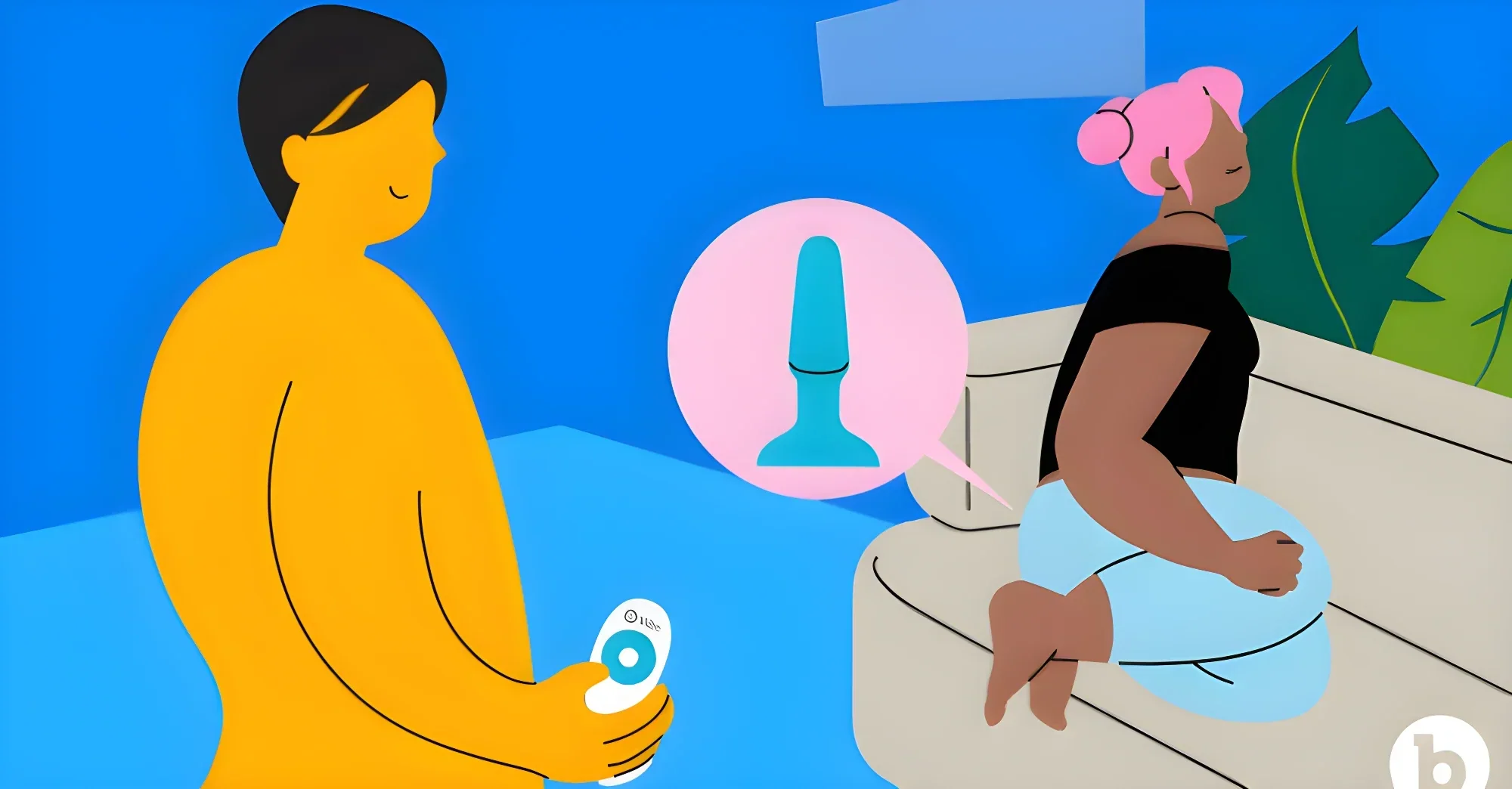
“Self‑care isn’t always bubble baths and green juice. Sometimes it’s learning to breathe, relax, and trust your own body in entirely new ways.” Anal play sits at the crossroads of curiosity and cau...
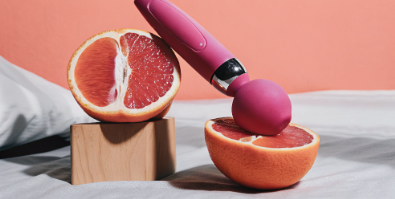
Losing clitoral sensitivity can be scary. The good news: clitoral atrophy is usually not permanent. With the right treatment, most people can get their sensitivity back and enjoy sex again. This...
